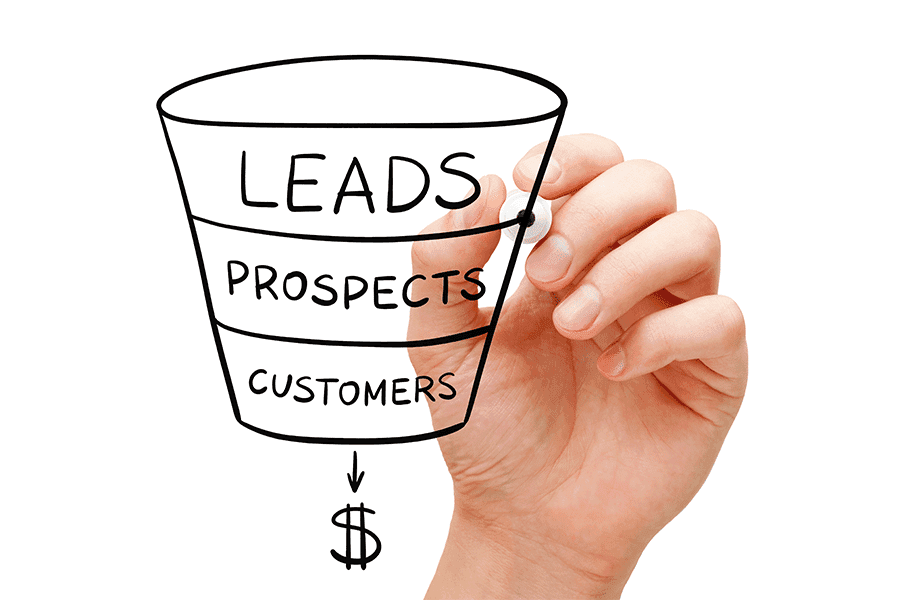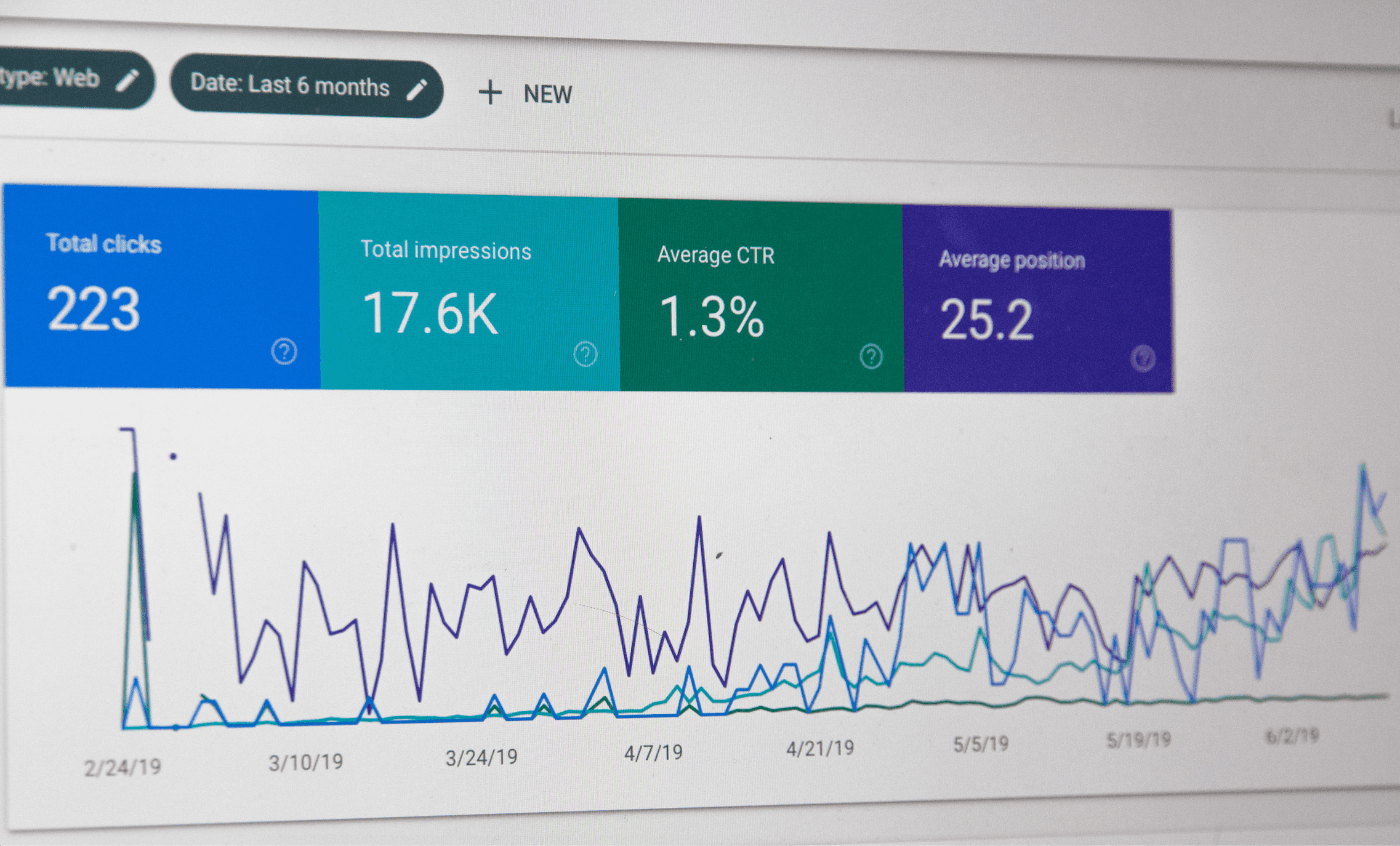What is Google Performance Max? How to Get Ads Launched in 5 Minutes!

You’ve probably heard of Google Ads, but have you heard of Google Performance Max? Advertisers are always looking for new ways to reach their customers, and Google’s Performance Max campaigns aim to do just that. This flagship product uses machine learning in combination with a vast ad network, giving businesses the ability to make the most of the cross-channel promotion from a SINGLE campaign.
If you’re looking for a way to drive results and get the most out of your advertising budget, read further to learn more about Google Performance Max campaigns.
Article Overview
What is Google Performance Max?
How Does Google Performance Max Work?
How to Set Up A Google Performance Max Campaign
How is Google Performance Max Different From Google Ads?
How is Google Performance Max Different From Smart Shopping?
What Are the Benefits of Using Google Performance Max?
Downsides to Google Performance Max: (When Does it Make Sense NOT to Use it)
Is Google Performance Max Worth It?
What is Google Performance Max?

Google is always coming out with new products and services, and Google Performance Max is one of the latest additions to its suite of business tools.
Google Performance Max is a cloud-based platform that helps businesses manage their Google Ads campaigns more effectively. The platform helps advertisers increase conversions across Google’s range of advertising channels: Google Display, Youtube, Google Search, Google Maps, Gmail, Discover, etc. The idea is to enable advertisers to run all their google ads across various platforms from a single campaign.
In addition, Google Performance Max offers a number of features that make it easier for businesses to track and optimize their campaigns. For example, the platform offers automatic bidding and reporting, so businesses can focus on other aspects of their operations. Overall, Google Performance Max is a valuable tool that can help businesses get the most out of their Google Ads campaigns.
How Does Google Performance Max Work?

Google Performance Max campaigns are designed to reach your customers across multiple channels with a single goal in mind – maximizing conversions at the lowest cost per conversion.
To do this, Google uses a combination of smart bidding and machine learning to automatically adjust your bids and targeting based on real-time data. This ensures that your ads are being seen by the right people at the right time, which ultimately leads to more conversions and a lower cost per conversion.
Advertisers simply upload various assets appropriate to each channel, like images and videos, and Google’s AI and machine learning take over. Their technology then gives the advertiser an optimum combination that will work best for a campaign.
In addition, Google Performance Max campaigns give you access to exclusive features such as cross-device reporting and conversion tracking, so you can see how your ads are performing across all devices and make necessary adjustments accordingly.
How to Set Up A Google Performance Max Campaign

Create a New Campaign
To get started with a Google Performance Max campaign, navigate to your google ads dashboard and click on ‘New Campaign.’

1. Choose your advertising objective
GoogleAds provides a number of objectives to select from, and you’ll choose to ‘Create a campaign without a goal’s guidance.’ This allows you to pick a campaign type first, without a recommendation from Google.

Select Performance Max as your desired campaign type in the next pop-up box.

2. Choose your conversion goals
Next, you need to select your conversion goals for the campaign. Select the conversion actions that you would like to optimize for, such as purchases, phone calls, add to cart, page views, etc.
You can also select multiple goals if you have multiple products or services with different conversion objectives. You should also add the source of these conversions, such as a website, or mobile app.

Note: If you have an associated Google Merchant account, it will automatically be linked here to advertise products on your site.
You will then be prompted to give your new Performance Max campaign a name.

3. Set up your budget and bidding strategy
Once you’ve given your campaign a name, it’s time to set up your budget and bidding strategy. After setting a daily budget, you then choose what you would like to focus your bid on: conversions or conversion value.

Conversions will allow you to optimize for the number of conversions your campaign generates, while conversion value will focus on optimizing for the total value of those conversions. Additionally, you also have the option of setting a target return on ad spend, which will enable Google to optimize and help you reach your desired ROI.
Once you have finished setting up your budget and bidding strategy, click “Next”
4. Set up location and languages
The next step is to set up the locations and languages of your Performance Max campaign. You can choose which countries, states, or cities you wish to target, as well as which languages you would like to use for your campaign.

5. Set up other settings (optional)
The final step is to set up any other settings for your campaign. You can choose to add a start and end date, an ad schedule, a final URL expansion, add tracking parameters to your URLs, or set up any other advanced settings.

6. Choose your assets – at least 15 assets
The last step is to select your assets for the campaign. On this page, you will see the performance rating of your ad displayed at the top of the page, which gives an indication of how successful your ad is likely to be.
Below this, you will notice a preview plane to the right, which mimics the live look and feel of your ad. Alongside this is a panel with the various parameters of your ad.
You will first need to make sure you have a live URL and active phone number associated with your product or service.

You will then need to upload a minimum of 15 assets for the campaign so that your campaign has enough variety for optimization. This can include text ad copy, logos, images, video ads, etc.

As you upload your assets, Google will inform you of the basic requirements of each asset type.

Once all the assets have been uploaded, you then have to provide headlines and descriptions for the ads.
You are required to give a minimum of 3 headlines, although it is recommended you utilize all 5 headline slots presented to you. Performance Max can help generate some suggested headlines for these descriptions when possible.

You are also required to provide at least 1 Long Headline.

You will be required to provide a minimum of 3 descriptions, but like the headlines, it is advisable to use all 4 slots presented to you. If you get stuck or leave the descriptions blank, Performance Max will generate descriptions for you using Google’s sophisticated AI. These descriptions will be tailored to match the intent of each ad asset.

By default, Performance Max uses the linked business name from your Merchant Center in the business name field, so you will ordinarily never need to change anything here.

7. Set up Site Links
Sitelinks are also a key part of Performance Max campaigns. Sitelinks are additional links that will appear below your ad when it’s served on the SERP, and they give users access to different parts of your website.

8. Set Up Asset Groups
The next step is to set up asset groups. Asset Groups allow you to group similar assets together, so Google can test them against each other and help you pick winning ad combinations. For example, you could group all your images together or separate them into different groups by type.

When creating an asset group, make sure to select “Performance Max” from the dropdown menu so that Google optimizes for Performance Max ads.
9. Set Up Audience Signals
The last step is to set up audience signals. Google uses audience signals to identify which users are more likely to convert to your ads. This helps them optimize your campaign and ensure that the right people see it. To do this, you can use Google’s pre-defined audiences or define custom ones based on specific criteria.
10. Review Your Campaign
Once all the settings are configured, you can review your Performance Max campaign and make any changes that you think may be necessary before launching. After carefully reviewing everything, click “Publish Campaign” to begin running your Performance Max campaign! Congratulations! You have just created a Performance Max campaign and with a bit of practice, you can get this done in less than 5 mins!

How is Google Performance Max Different From Google Ads?

Google Performance Max is an advanced version of Google Ads, and it allows you to take advantage of Machine Learning and AI to optimize your campaigns.
With Performance Max, you can set up more specific targeting criteria and use asset groups, which helps Google identify the best ad combinations for maximum ROI.
Additionally, Performance Max offers a range of tools, such as Audience Signals and Long Headlines, which are not available in Google Ads. This makes it easier for you to create campaigns that will reach the right people at the right time with the most relevant message.
Performance Max also goes beyond traditional keyword targeting by utilizing Machine Learning to understand your customer’s intent, allowing you to target them in more meaningful ways. This helps you get more out of your campaigns and reduce wasted spend.
What is Smart Shopping?

“Smart Shopping campaigns feature Product Shopping ads, Local Inventory ads, and display ads (including dynamic remarketing and dynamic prospecting), which are eligible to appear on the Google Search Network, Display Network, YouTube, and Gmail. Automated ad creation and placement means that your ads will appear in the ad spaces where they’re relevant and that your bids will be set to maximize your conversion value.”
This simply means that Google does all the optimization for you and serves your ads where it deems most effective, whether that be in search, display, or YouTube. Smart Shopping campaigns require a target CPA (cost per acquisition) rather than traditional bids.
Google will then adjust bids according to the device, location, and customer interest levels. In addition to this, Google also utilizes its machine learning capabilities to show the most relevant and effective ads. This helps improve return on ad spend (ROAS).
How is Google Performance Max Different From Smart Shopping?

Google Performance Max and Smart Shopping are two different types of campaigns that can help you achieve your marketing goals. However, there are a few key differences between the two.
– Performance Max covers more campaign types, including search and display, which is not covered by Smart Shopping campaigns.
– Performance Max also offers more granular control over your campaigns since you can create specific asset groups and target users with more precision.
– Smart Shopping combines all of your assets into one group and cannot target users with the same specificity as Performance Max.
– In addition, Performance Max has a few features that are not available in Smart Shopping, such as Audience Signals and Long Headlines.
What Are the Benefits of Using Google Performance Max?

Using Performance Max has several benefits.
For starters. Performance Max allows you to make more precise targeting decisions and take full advantage of Google’s AI capabilities. This helps you get better results from your campaigns since they are tailored to the users most likely to convert.
Performance Max also offers a range of tools that let you customize and optimize your campaigns. This includes Audience Signals and Long Headlines, which can help you reach more potential customers and improve return on ad spend.
Finally, Performance Max gives you more control over your campaigns since you can create asset groups to target users with precision.
Downsides to Google Performance Max: (When Does it Make Sense NOT to Use it)

Though Performance Max offers many benefits, there are a few downsides to consider.
Firstly, it requires more manual setup than Smart Shopping campaigns since you need to create multiple asset groups and adjust bids. This is more time-consuming and may be too complex for some people.
In addition, Performance Max campaigns tend to require more ongoing maintenance than Smart Shopping campaigns. Bids need to be regularly adjusted according to performance, and additional features such as Audience Signals and Long Headlines must be monitored. Because of this, Performance Max may not be the best option for beginners or those with limited time to manage campaigns.
Is Google Performance Max Worth It?

Google Performance Max is a great way to get the most out of your Google Ads campaigns. With its powerful AI capabilities and range of features, it can help you reach more potential customers and improve return on ad spend. However, it does require more manual setup than Smart Shopping campaigns and may not be the best option for beginners or those with limited time to manage campaigns. Ultimately, you should consider whether the potential benefits of Performance Max will outweigh the cost and effort required before committing to using it.
If you need more help, our team of expert media buyers at SeedX can provide you with the guidance and advice you need to make sure you are getting the most out of your Google Ads campaigns. Contact us today for more information.








